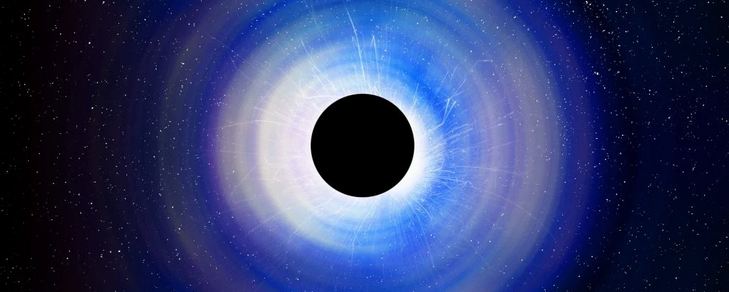In a mind-bending discovery that has astronomers buzzing, NASA’s James Webb Space Telescope has captured something no one expected—a primordial black hole from the early universe expanding at a pace that defies current scientific theories. We’re talking about LID-568, a behemoth black hole that’s throwing cosmic textbooks out the window with its rapid growth, raising eyebrows and questions about the very foundation of black hole formation.
A Black Hole from a Youthful Universe
Let’s set the scene: The universe was young—only about 1.5 billion years after the Big Bang, barely 11% of its present age. Picture a time when galaxies were still finding their form, and then imagine a black hole already ten million times the mass of our sun forming in this cosmic nursery. That’s LID-568. To put that in perspective, it’s far larger than the supermassive black hole in our own Milky Way, Sagittarius A*, which is “only” four million solar masses.
What’s remarkable is that LID-568, despite being so early in the cosmic timeline, is growing at breakneck speed. You’d expect a young black hole to take its time, gradually accumulating mass over billions of years. But LID-568 seems to have skipped the patience lesson, gulping down matter faster than any of the black holes we know today.
Breaking the “Rules” of Black Hole Growth
Enter the Eddington limit—the supposed rulebook for black holes. This limit sets a theoretical cap on how much material a black hole can consume without blowing away the incoming matter through radiation pressure. Think of it like a black hole’s “full” sign. But LID-568, in an astronomical feat of defiance, is consuming matter at over 40 times the Eddington limit. Researchers like Hyewon Suh of the International Gemini Observatory and Julia Scharwächter from NOIRLab admit they’re stumped. LID-568 is the cosmic equivalent of a bottomless pit, challenging everything we thought we knew about black hole growth.
“We’ve known about the Eddington limit for ages, but this black hole’s growth rate throws that concept into question,” says Suh. Scientists are scratching their heads, wondering what kind of cosmic forces could be fueling this hyperactive growth. This isn’t just a case of a few more crumbs than expected; this is a full-on feast that no one saw coming.
How Did This Cosmic Giant Form So Fast?
Theories about the origin of primordial black holes vary, but two main possibilities dominate the discussion. Some scientists believe that these colossal black holes formed from the remnants of the universe’s first stars—massive, short-lived stars that exploded in violent supernovae. Others suggest that massive gas clouds could have collapsed under their own gravity to birth these black holes. But with LID-568, both explanations feel like a stretch. For a black hole to grow to this size so quickly, it would need to be fueled by unprecedented levels of material from an unknown source.
One theory is that LID-568 might have experienced intense, one-off episodes of material accumulation. Imagine a cosmic gas station on a busy highway—this black hole could be at the center of an interstellar hotspot, attracting and devouring gas, stars, and any unlucky cosmic debris in its vicinity.
Webb’s Infrared Eyes on the Mystery
This revelation wouldn’t be possible without Webb’s advanced infrared technology, which allowed astronomers to peer back in time and capture details from the universe’s early days. While the Chandra X-ray Observatory initially detected LID-568, Webb’s infrared capabilities have been crucial in studying the black hole’s monstrous growth patterns. As matter spirals into a black hole, it heats up and emits X-rays, creating a cosmic signal that the Chandra telescope first picked up. Webb then zoomed in, revealing the incredible story unfolding around LID-568.
“We’re just scratching the surface of what we can learn from LID-568,” notes Scharwächter. Webb will continue to keep an eye on this fascinating object, and as more observations roll in, astronomers hope to unravel the forces driving this black hole’s seemingly impossible growth.
What’s Next in Black Hole Research?
With every new piece of data, LID-568 challenges the limits of black hole science. Are there hidden cosmic processes or extreme conditions that we’re not accounting for? Could LID-568 represent a new class of primordial black holes, born and nurtured under conditions we’ve yet to understand?
Future observations by Webb and other telescopes will delve deeper into this mystery. But one thing’s for sure—LID-568 is rewriting the rules, forcing astronomers to rethink what they know about the universe’s darkest corners. And who knows? In the end, it might just hold the key to one of the biggest mysteries of all: how black holes, these enigmatic giants, came to shape the cosmos as we know it.












Leave a Reply